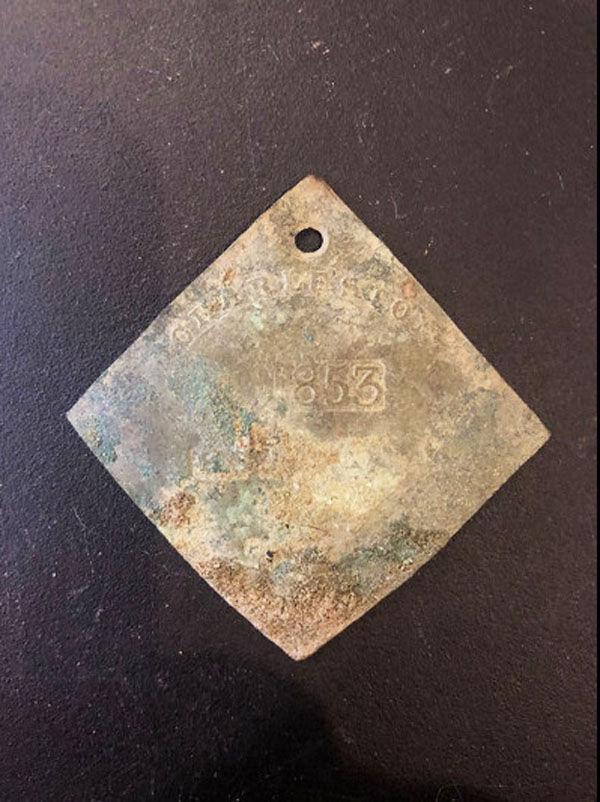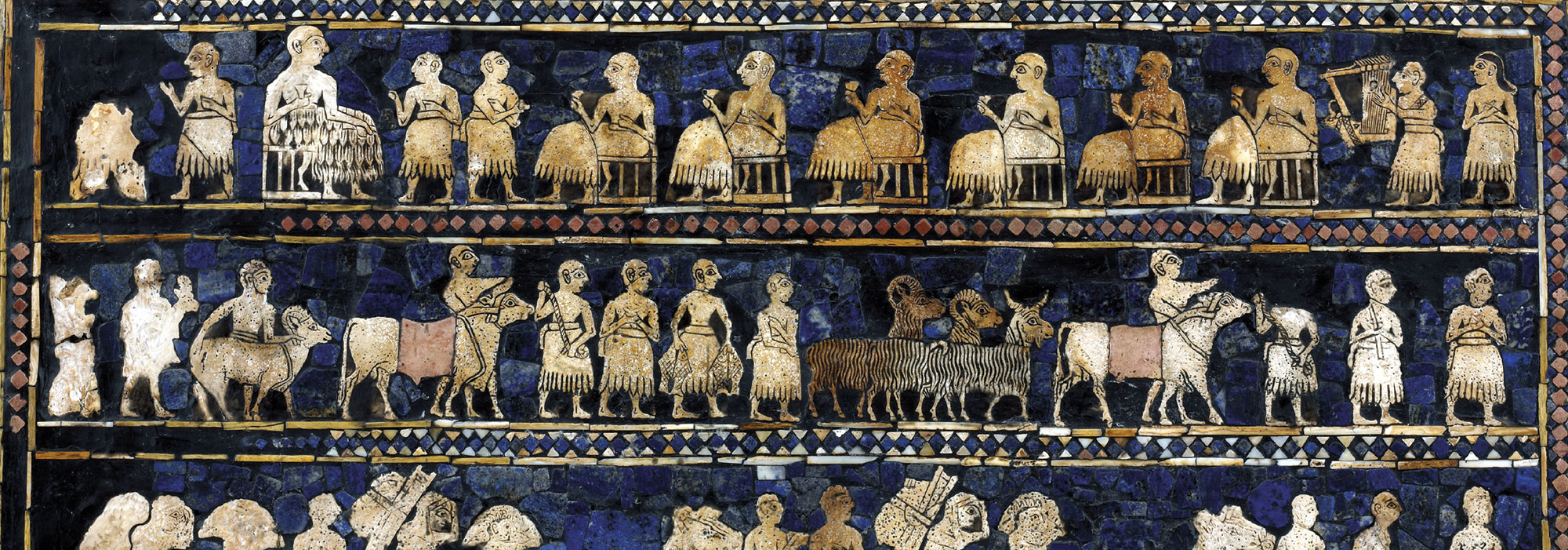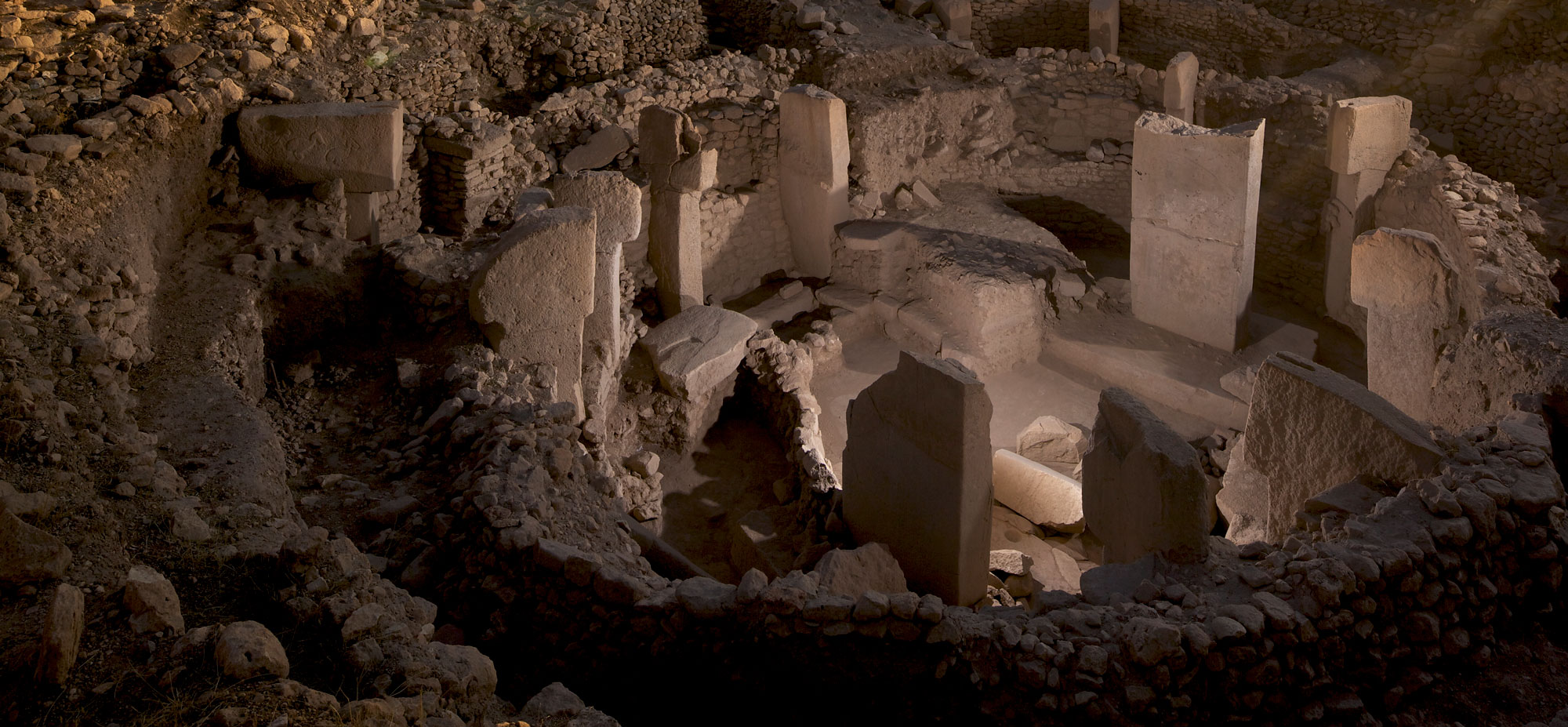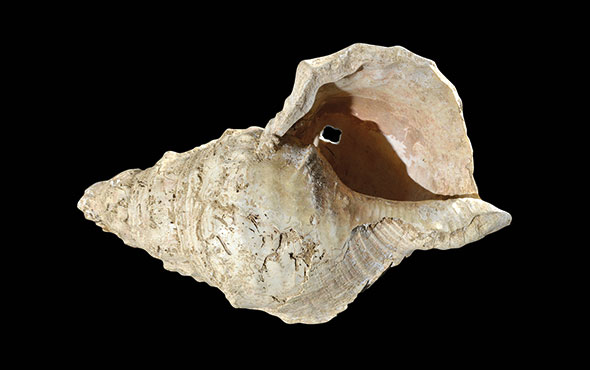
CHARLESTON, SOUTH CAROLINA—The Post and Courier reports that a small copper “slave badge” was discovered at the site of a mid-nineteenth-century kitchen on the campus of the College of Charleston during excavations conducted ahead of a construction project. Such badges signified that a slave holder had paid a fee to the city of Charleston, which then issued a badge stamped with a date, occupation, and registration number to be worn around the neck of an enslaved person whose labor had been hired out. Other cities had similar laws, but Charleston is thought to be the only city that issued badges. “This discovery confirms the idea that Black labor was integrally involved in shaping the contours of the land, erecting the city’s buildings, and providing the human connections that made Charleston the vital center of production and exchange it became and remains today,” commented Bernard E. Powers, director of the college’s Center for the Study of Slavery in Charleston. To read about the life of Nathan Harrison, a formerly enslaved homesteader who became a California legend, go to "The Amazing True Story of Nathan Harrison."










